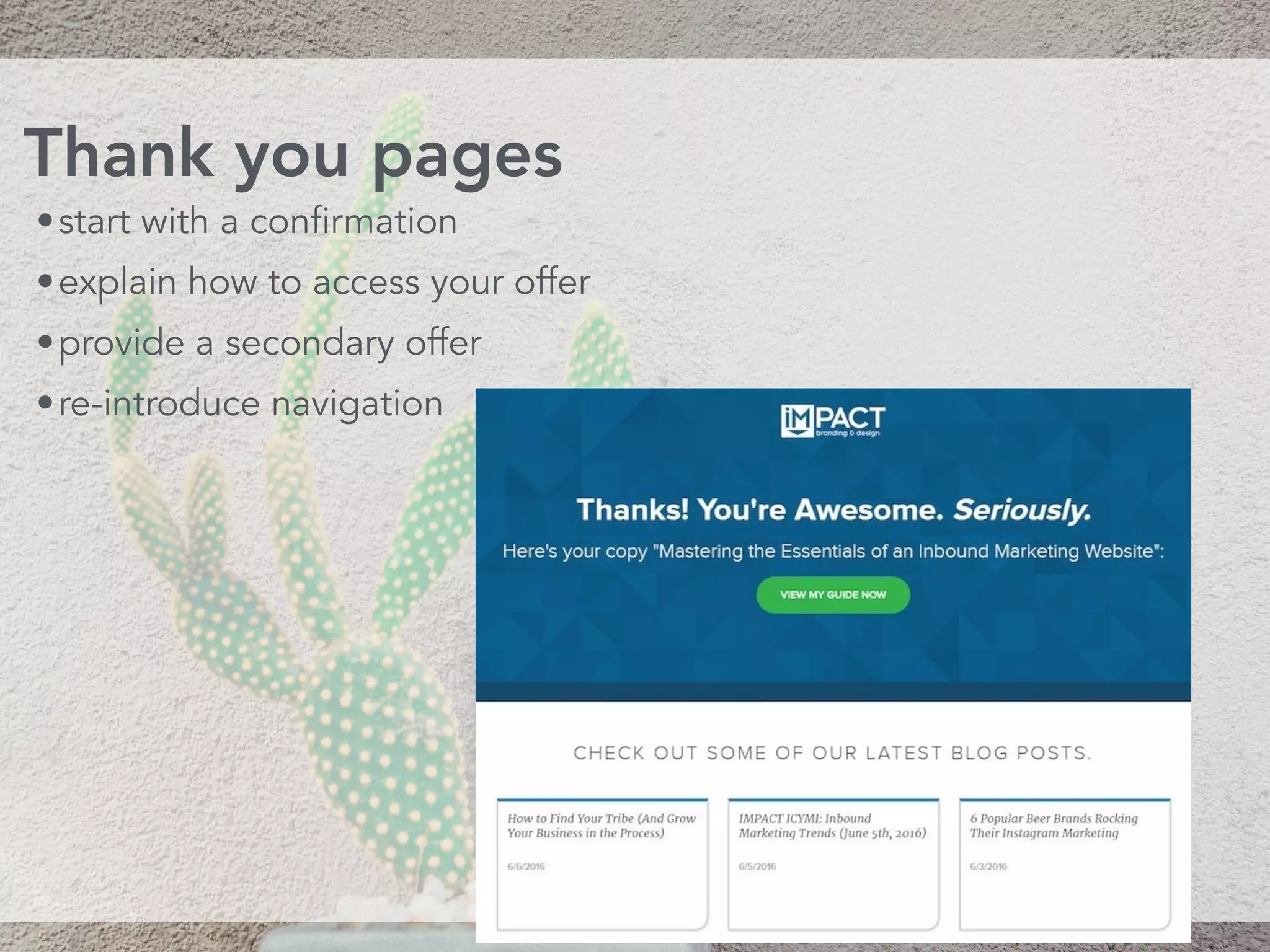The document outlines the agenda and key points for a marketing event focused on creating effective inbound marketing campaigns. It includes discussions on setting SMART goals, content mapping, conversion paths, and promoting campaigns through various channels such as social media, blogging, and paid ads. Additionally, it emphasizes the importance of performance reporting and continuous improvement based on campaign outcomes.




![Upcoming HUG Events:
[Details TBA]
October: Special guest speaker from HubSpot
December: Holiday Happy Hour](https://image.slidesharecdn.com/aug2018abqhug-180823232723/75/Creating-Campaigns-that-Convert-Albuquerque-HubSpot-User-Groups-5-2048.jpg)




















































